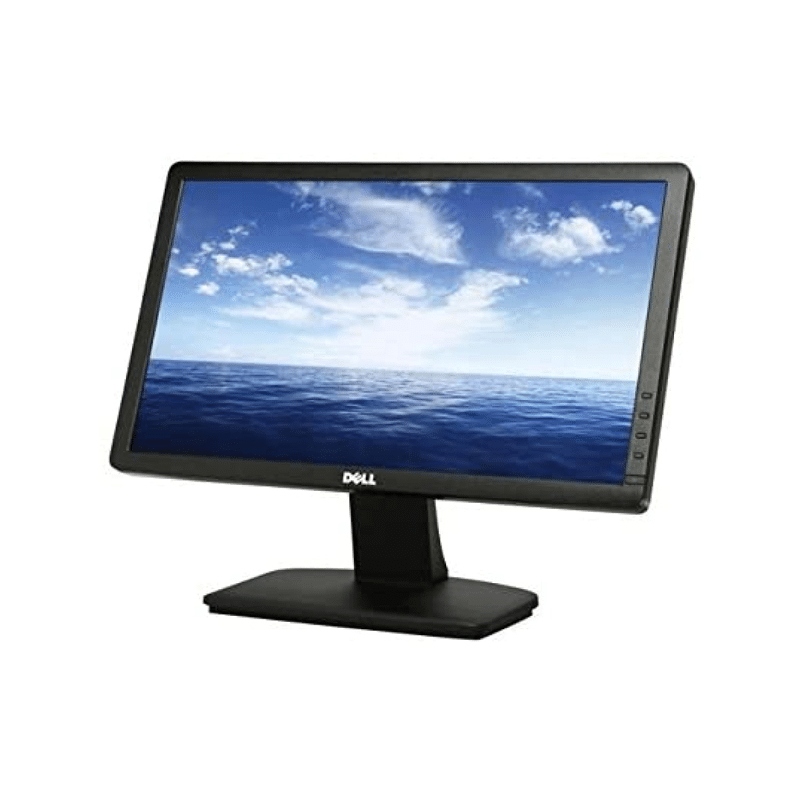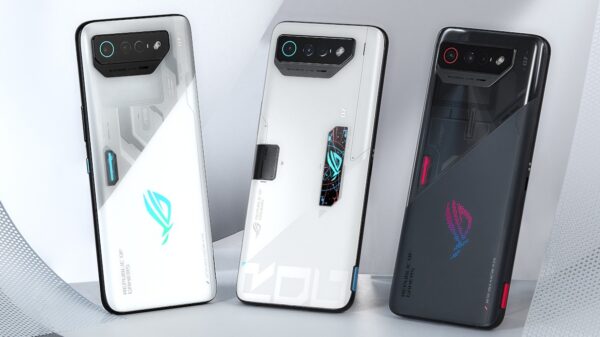Introduction
In a world marked by rapid technological advancements and a growing concern for environmental sustainability, the concept of a refurbished monitor has emerged as a beacon of innovation and conscious consumerism. As the pace of upgrades and replacements accelerates, the notion of reimagining quality takes center stage, urging us to look beyond the traditional boundaries of electronics consumption. This guide is a journey into the realm of refurbished monitors—an exploration of their benefits, the science behind their restoration, and the art of making them an integral part of our technological lives.
Join us as we dive into the heart of this transformation, where pre-owned monitors are not just mere alternatives, but dynamic solutions that fuse affordability, environmental stewardship, and uncompromised performance. From understanding the intricate refurbishment process to uncovering the advantages that ripple across financial, environmental, and experiential dimensions, we invite you to embark on a path that envisions quality through a fresh lens.
Reimagining Quality: Your Guide to Refurbished Monitor
In today’s fast-paced world, technology is advancing rapidly, and electronic devices, including monitors, are no exception. However, the constant cycle of upgrades and new releases often leads to an abundance of discarded electronic equipment, contributing to electronic waste. To counteract this trend and promote sustainability, the concept of refurbished monitor has gained prominence. In this guide, we’ll explore the world of refurbished monitors, their benefits, how to choose one, and tips for ensuring a high-quality experience.
Inspection: Refurbished monitors are inspected to identify any cosmetic flaws or technical issues. These could range from minor scratches on the screen or housing to more significant defects.
Repair: Defective components are repaired or replaced. This might involve fixing issues such as dead pixels, malfunctioning buttons, or connectivity problems.
Testing: After repairs, the monitors undergo rigorous testing to ensure they meet the manufacturer’s quality standards. This includes checking for display clarity, color accuracy, refresh rates, and connectivity.
Cleaning and Cosmetics: The monitors are cleaned both externally and internally to remove dust and dirt. Cosmetic imperfections are addressed to enhance the monitor’s appearance.
Packaging: Refurbished monitors are often repackaged in new or refurbished packaging, along with necessary accessories such as cables and stands.
Benefits of Choosing Refurbished Monitors
1. Cost Savings
Refurbished monitors are priced significantly lower than brand-new ones due to their pre-owned status. This makes them an attractive option for individuals, businesses, and institutions aiming to save money without compromising on quality.
2. Environmental Impact
The electronics industry generates a substantial amount of electronic waste. Opting for refurbished monitor helps extend the lifespan of existing devices, reducing the demand for new manufacturing and minimizing the environmental impact of electronic waste disposal.
3. Rigorous Testing and Inspection
Reputable refurbishment processes involve meticulous testing and inspection. This ensures that any issues are addressed before the monitor reaches the consumer. The thorough testing process aims to deliver a product that performs like new.
4. Warranty and Support
Refurbished monitors often come with warranties, which vary in duration and coverage. These warranties provide peace of mind to buyers, as they offer protection in case any unexpected issues arise. Additionally, customer support is often available to address concerns and provide assistance.
Choosing a High-Quality Refurbished Monitor
1. Source
When choosing a refurbished monitor, it’s crucial to select a trustworthy source. Reputable sellers have established refurbishment processes that adhere to industry standards. They provide detailed information about the refurbishment process and the monitor’s condition.
2. Condition Grading
Condition grading helps buyers understand the cosmetic state of the monitor. Grade A monitors are nearly indistinguishable from new ones, while lower grades might have minor cosmetic blemishes. Consider your personal preferences and tolerance for imperfections when choosing a grade.
3. Specifications
Pay attention to the specifications that matter to you, such as screen size, resolution, panel type (e.g., IPS, TN, OLED), and refresh rate. Ensure that the monitor’s specifications align with your intended use, whether it’s for gaming, graphic design, or general office work.
4. Warranty
Check the warranty offered by the seller. Longer warranty periods generally indicate greater confidence in the refurbished product’s quality. Understand the terms of the warranty, including what issues are covered and how to make a warranty claim if needed.
5. Return Policy
Familiarize yourself with the seller’s return policy. Even with thorough testing, there’s a possibility that a monitor might not meet your expectations. A clear and reasonable return policy helps you avoid potential frustrations.
Tips for an Optimal Refurbished Monitor Experience
1. Calibration
Monitor calibration ensures accurate color representation. Calibration tools help adjust brightness, contrast, and color settings for optimal viewing experiences, especially for design and content creation tasks.
2. Driver Updates
Visit the manufacturer’s website to download and install the latest drivers for the monitor. This ensures compatibility with your operating system and applications while providing access to any advanced features.
3. Maintenance
Keep your refurbished monitor clean. Use a soft microfiber cloth to wipe the screen gently. For the exterior, use a non-abrasive cleaner. Avoid using excessive pressure, as this can damage the screen.
4. Extended Use
To maximize your refurbished monitor’s lifespan, avoid exposing it to extreme temperatures, direct sunlight, and moisture. Additionally, power down the monitor when not in use to conserve energy and reduce wear on internal components.
Final Thoughts
Refurbished monitors offer a win-win solution: You can enjoy high-quality displays while making an environmentally conscious choice. By understanding the refurbishment process, carefully selecting a monitor, and following best practices for usage and maintenance, you can have a rewarding and sustainable computing experience. Your decision to support refurbished products contributes to a more eco-friendly and responsible technological landscape.
Conclusion
As we draw the curtains on our journey through the landscape of refurbished monitor, we stand at the crossroads of innovation and conscious consumerism. In a world fueled by constant technological evolution, the concept of reimagining quality has emerged as a guiding star, illuminating a path toward sustainable choices and responsible progress.
The journey began by unraveling the multifaceted essence of refurbished monitors—a fusion of meticulous restoration, affordability, and environmental stewardship. We delved into the heart of refurbishment processes, witnessing monitors transform from forgotten relics to vibrant displays that spark joy and productivity. Through this exploration, we grasped the significance of supporting refurbished products as a testament to our commitment to a greener future.










